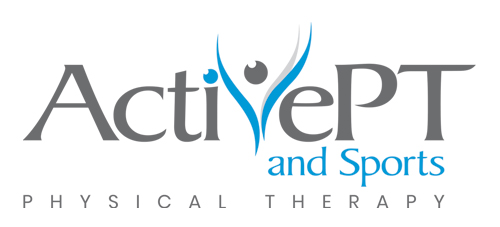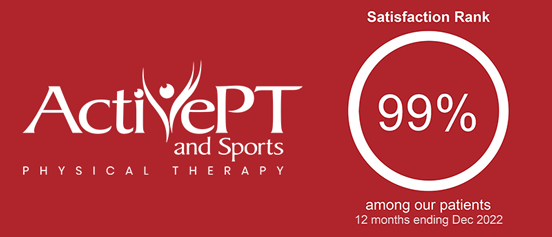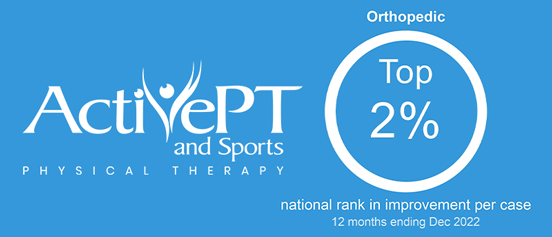Warming up for any sport is important to decrease your risk of injury, but did you know that a dynamic warm-up can also improve your running performance? As runners, we understand the temptation to lace up our shoes and run out the door. But, investing a little time in the right way to warm up can lead to better training and race results.
THE WRONG WAY – STATIC WARM-UP
Static stretching is the traditional method of stretching, like reaching for your toes and holding for 30 seconds. Research has shown that static stretching prior to sports actually decreases force production and muscle activation. For this reason, static stretching should be avoided prior to running as it may decrease your performance, and potentially increase your risk of injury.
THE RIGHT WAY – DYNAMIC WARM-UP
Research does, however, support a more active or dynamic warm-up. Dynamic warm-ups increase blood flow to your muscles, giving you many benefits:
- Oxygen is more readily transferred from your blood to your muscles
- Muscles contract and relax faster
- Nerve transmission and muscle metabolism improve as your body temperature rises
As a result, your muscles perform faster and more efficiently after a dynamic warm-up.
A recent study (Wei, et al. 2020) found that a plyometric warm-up improves running economy in recreational endurance athletes by increasing their leg stiffness by around 20%. “Leg stiffness” may sound like a bad thing to a runner, but the researchers go on to explain that leg stiffness translates to an increase in stored energy and less muscle work because we can more easily recycle the energy from contact with the ground. Another study (Yamaguchi 2015) found that runners’ time to exhaustion and total running distance was long after they completed the dynamic warm-up. Thus, a dynamic warm-up will not only lower your risk of injury but also improve your running performance.
WHAT SHOULD MY DYNAMIC WARM-UP LOOK LIKE?
Your dynamic warm-up should be a series of movement drills that gradually increase from low to moderate intensity. For a marathon or half-marathon training program or race, an example of a good dynamic warm-up may look like this 30-60 seconds of each warm-up drill:
- Cradle walk
- Frankenstein walk
- Lunges (front, side, rotational)
- Leg swings (forward, sideways)
- Butt kicks
- 5-minute fast walk progressing to a light jog
- 5-10 repetitions of strides* or pick-ups*
*Perform running “strides” or “pick-ups” by starting with an easy running speed/stride. Then, begin increasing your speed by lengthening your stride for about 15 seconds. Finally, slow your speed back to a walking pace to recover and catch your breath.
HOW SHOULD I COOL DOWN AFTER A TRAINING RUN?
A dynamic warm-up is supported well in the research, but unfortunately, there is no solid evidence that an active cool-down prevents injury. However, runners often report that a cool down feels good and helps them recover more quickly. A study by Van Hooren, et al. in 2018 found that an active cool-down can help accelerate the recovery of lactate in blood, prevent immune system depression, and promote faster recovery of the cardiovascular and respiratory systems. The authors defined a cool down as “an activity that involves voluntary, low to moderate intensity exercise or movement performed within 1 hour after training and competition.” A good example of a cool down after a run could be 5-10 minutes of light jogging followed by static stretching and foam rolling.
SHOULD I INCLUDE STATIC STRETCHING?
As we mentioned earlier that static stretching should actually be avoided during a pre-run warm-up. However, you should not completely eliminated static stretching from your training routine. Perform a dynamic warm-up before a run, but save static stretching for tight areas after your cool down or after cross-training. Static stretching has been shown to improve the range of motion (flexibility). Here are a few common running injuries that may linked to tightness in certain muscle groups:
- Shin Splints – stretch your calves
- Runner’s knee – stretch your quads
- Low back pain – stretch your hip flexors
- ITB syndrome – stretch your glutes
IS FOAM ROLLING A DYNAMIC WARM-UP?
As physical therapists, we are frequently asked questions about foam rolling. In general, foam rolling is assumed to increase blood flow, similar to a dynamic warm-up. However, we found a lack of consistent evidence when we dug into the research. Generally speaking, foam rolling 2-3x per week should be safe, but more frequently should be done under the advice of a medical professional. You can actually foam roll too often and cause a build-up of microtrauma in your muscles, resulting in increased pain.
There are a variety of foam rolling techniques and a wide difference of opinions. One frequently recommended technique is to roll a muscle top to bottom by placing the majority of your body weight on the foam roller (within pain tolerance). Once you’ve covered the length of the muscle, return to the starting position moving roller in a fluid motion. If you are using foam rolling as a dynamic warm-up, roll the muscle several times until the muscle feels more relaxed.
Another option that can be very beneficial for runners is trigger point release. However, don’t use this technique in place of a dynamic warm-up. perform a trigger point release to your piriformis muscle, place the corner of your foam roller or a firm ball directly in the side of your buttock. Hold the pressure in the same place until you feel pain relief or relaxation. One word of warning: improper foam rolling can cause injuries. Rolling too aggressively or too frequently can aggravate muscles and holding pressure on a bony prominence will only make you feel worse. Soft tissue techniques like foam rolling or trigger point release should only be performed on muscles, not on bone. If you are unsure of your technique, ask a physical therapist that specializes in running injuries.
GET HELP FAST
Our running specialists at ActivePT are unique. Whenever possible, our goal is to keep runners running and see them cross the finish line. Schedule a free 15-minute screening appointment to meet with one of our running specialists one on one and get your running injury questions answered today. If you are looking to take your running to the next level, check out our running performance packages.
RUNNING SPECIALISTS AT ACTIVE PT



